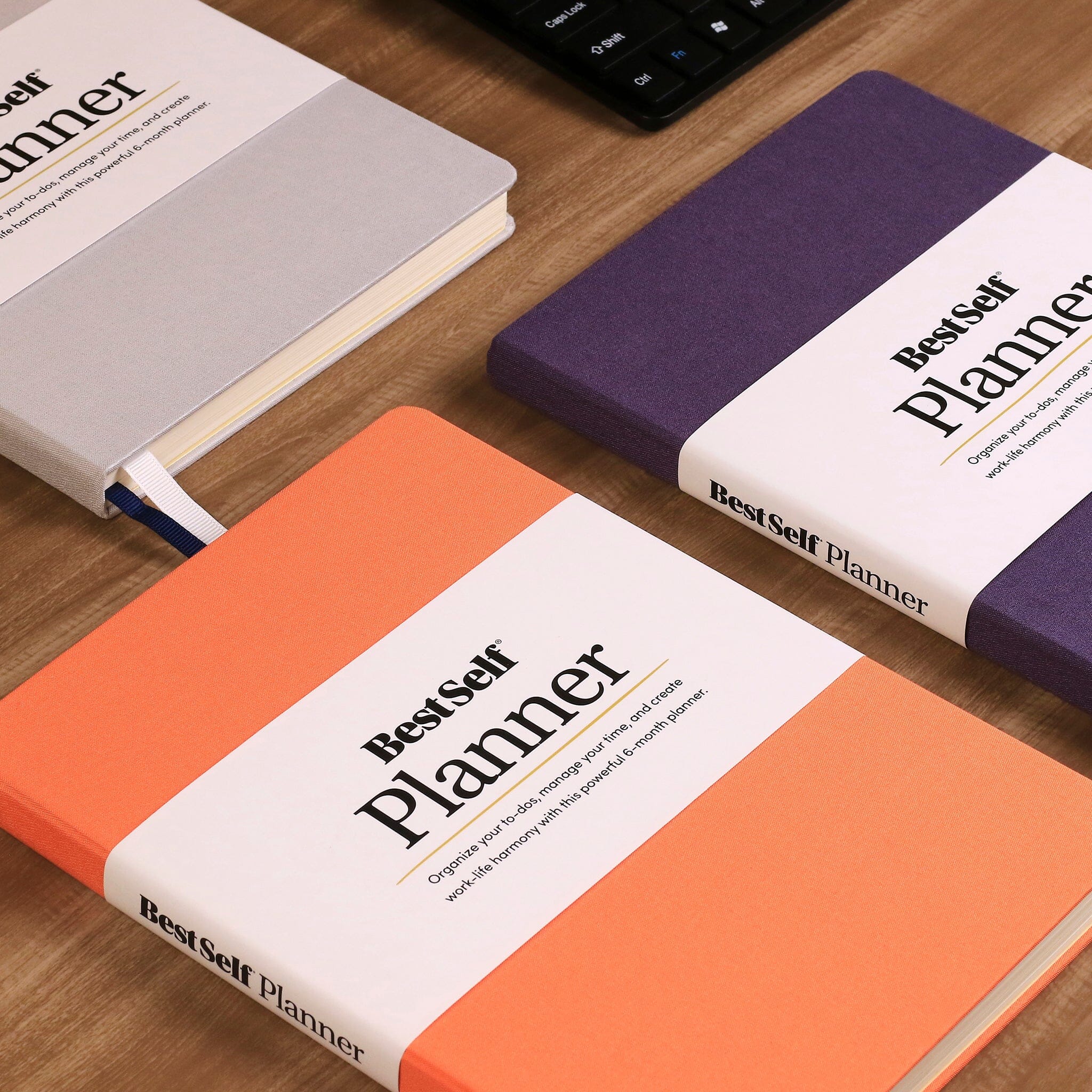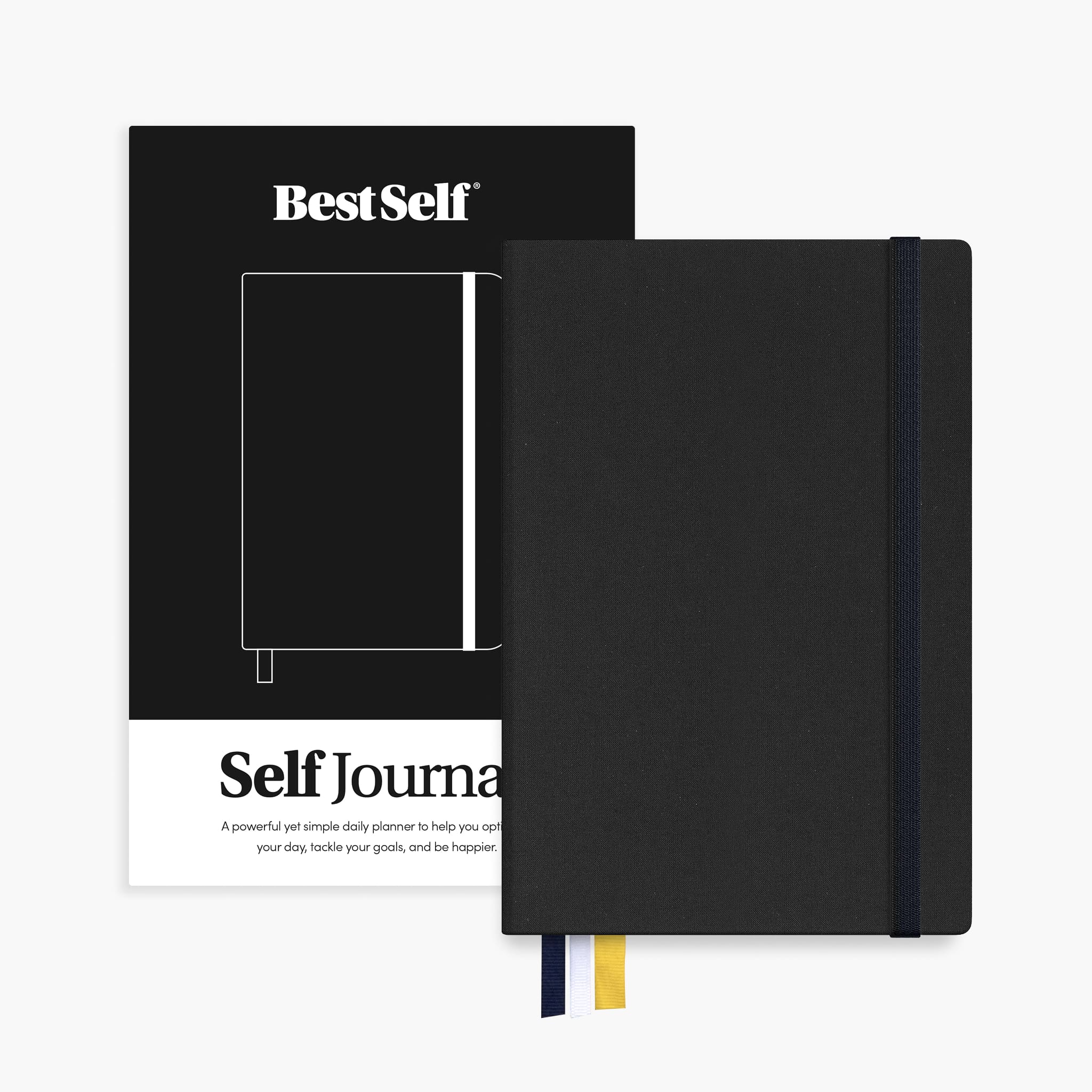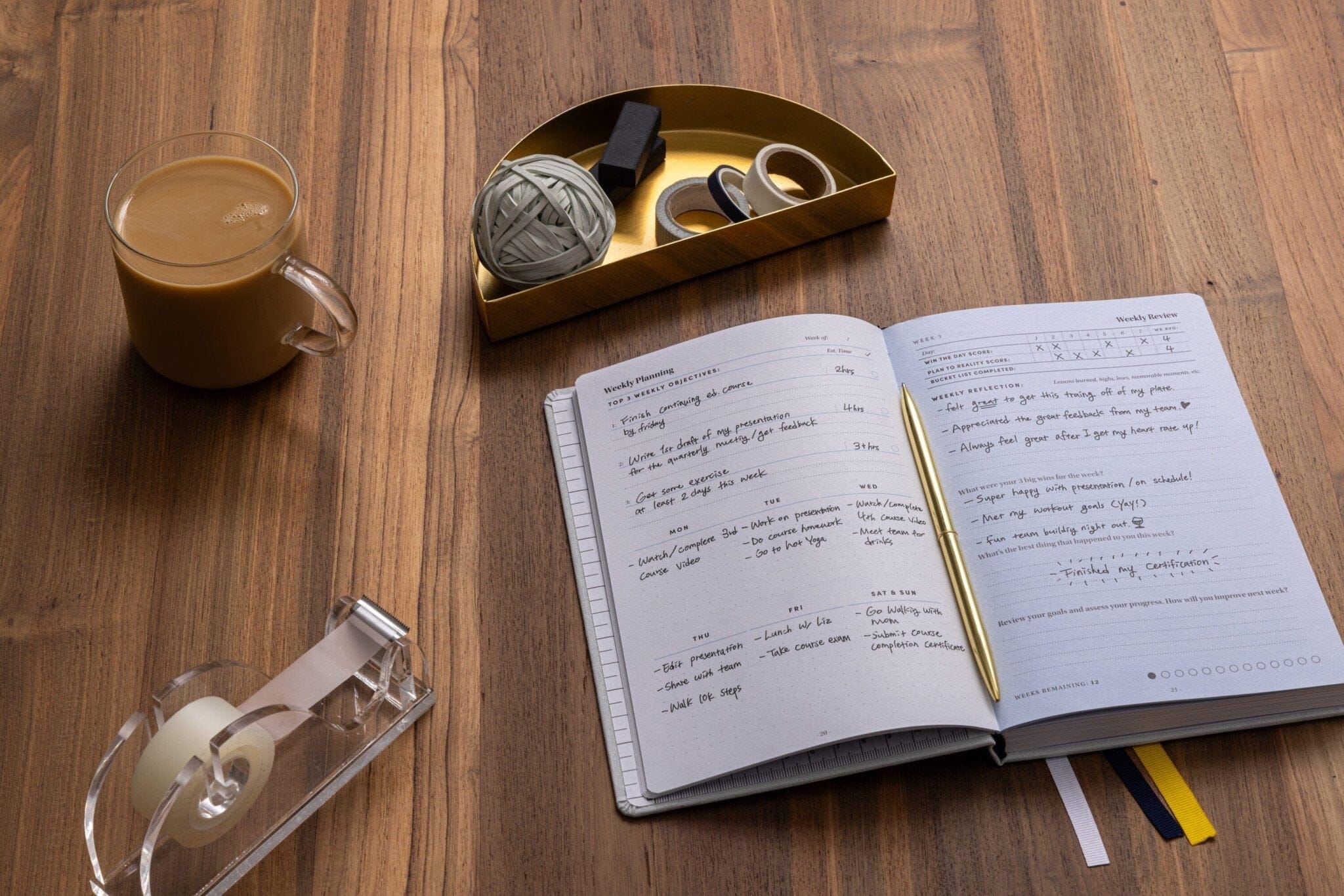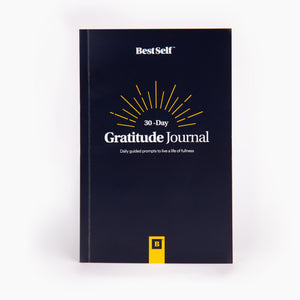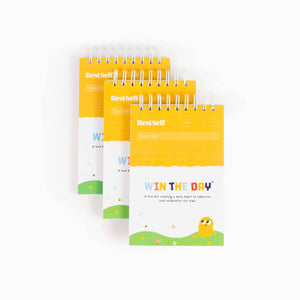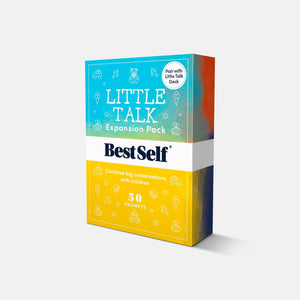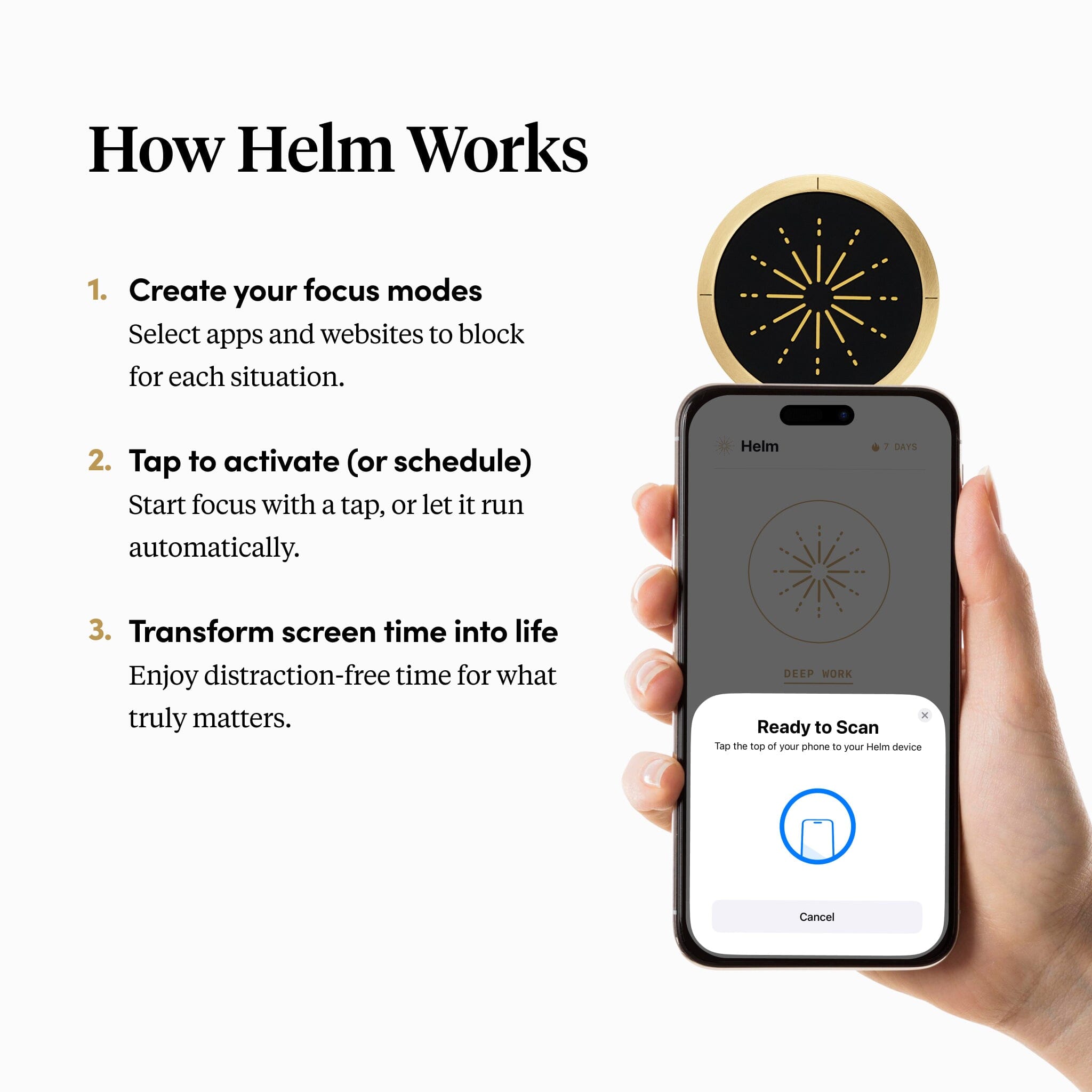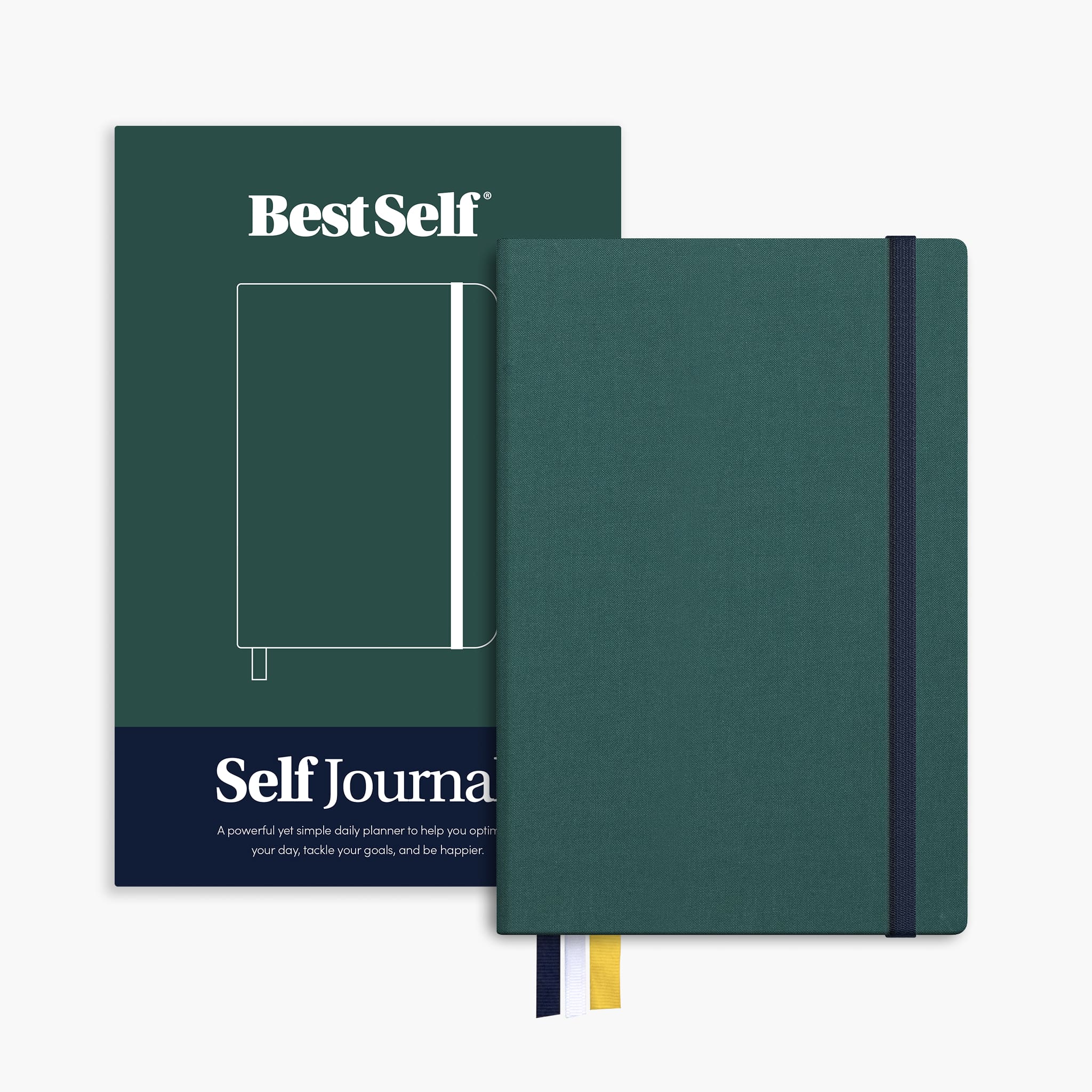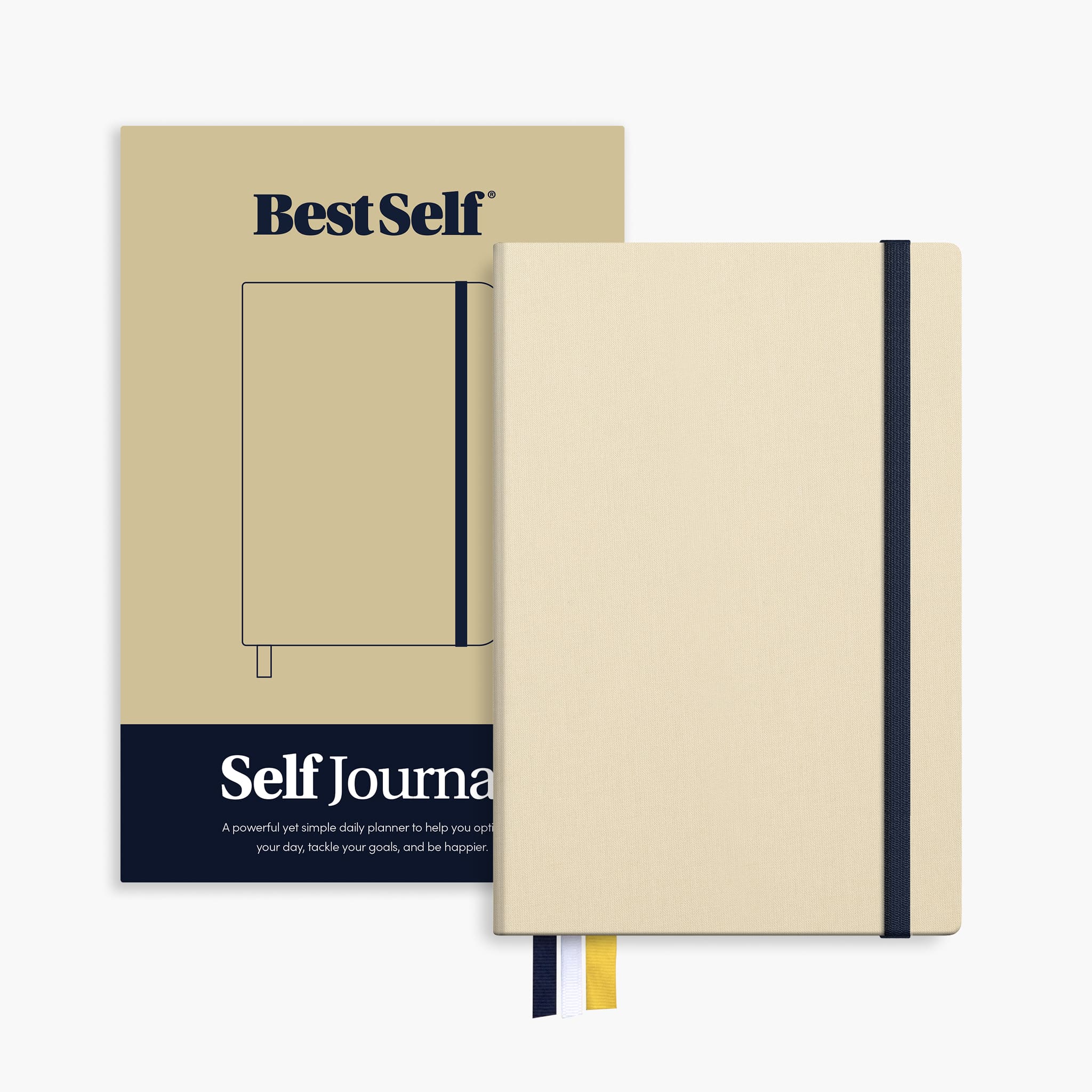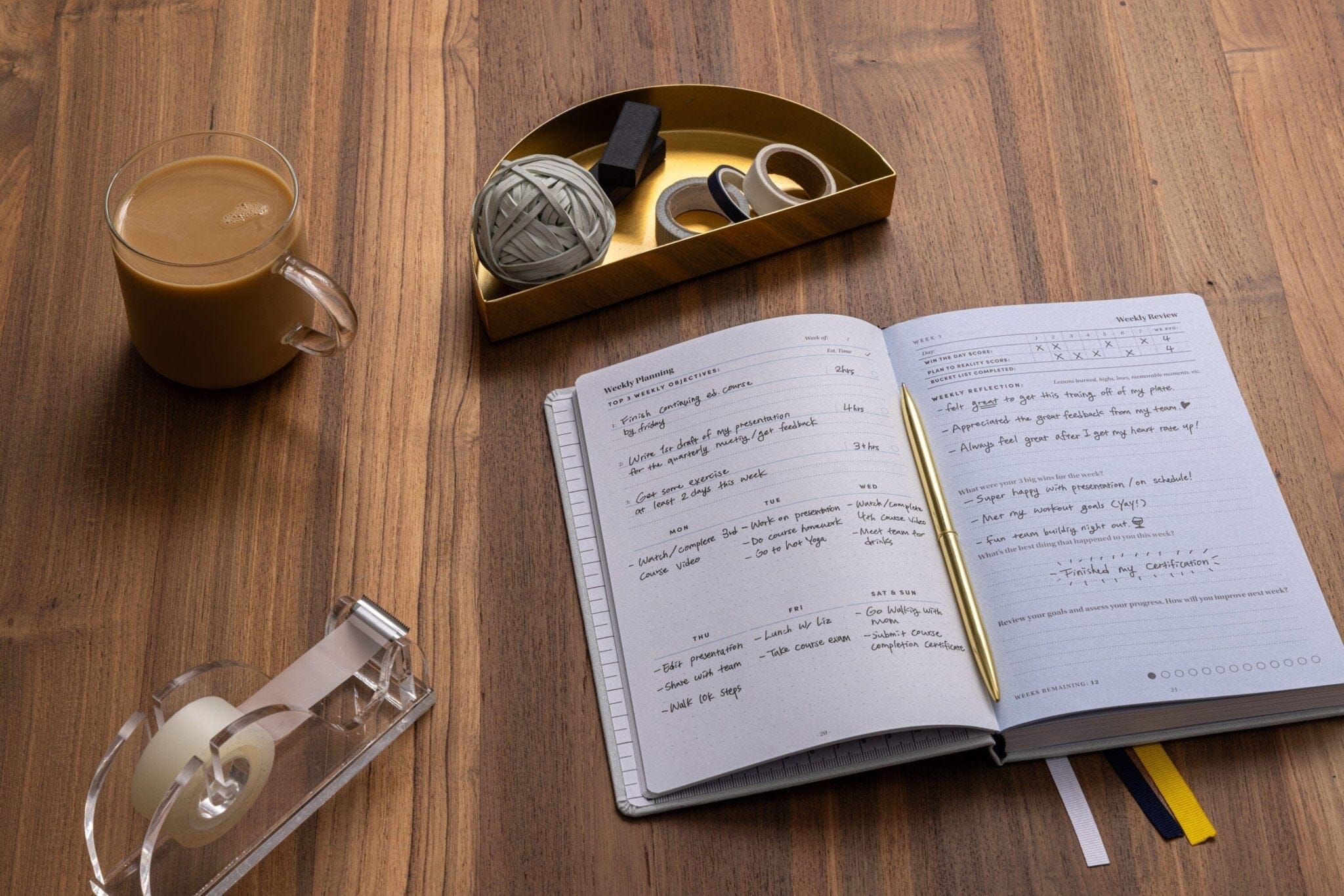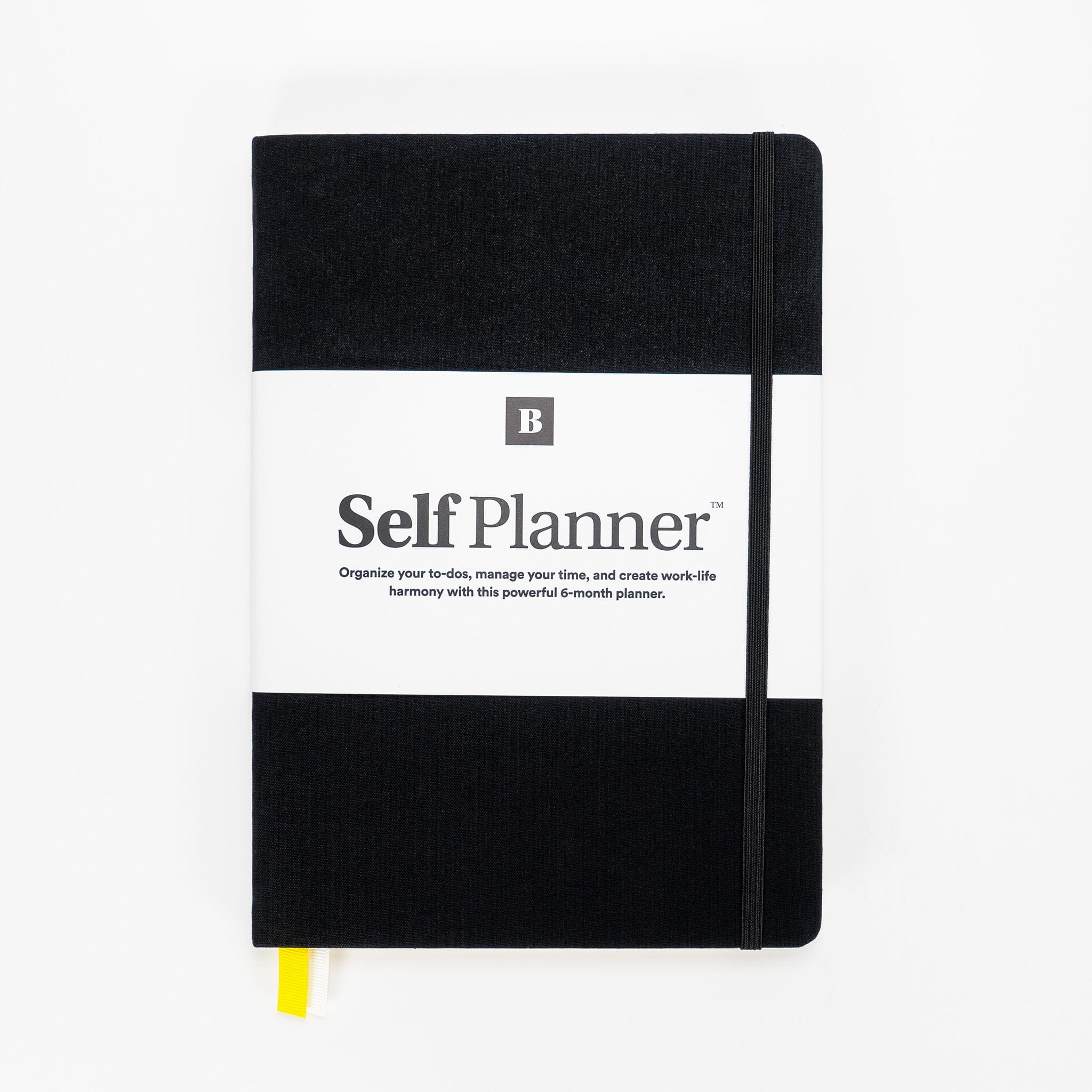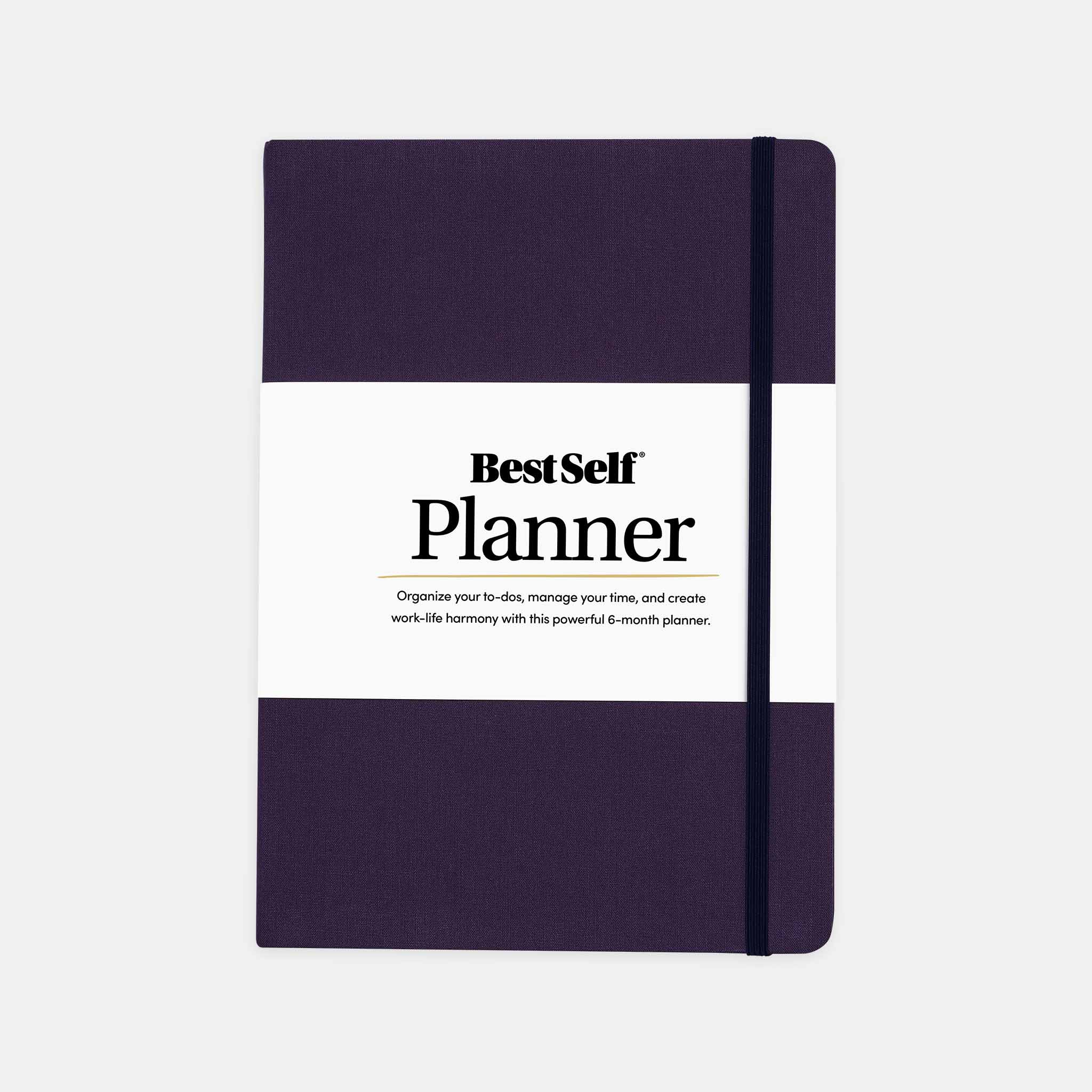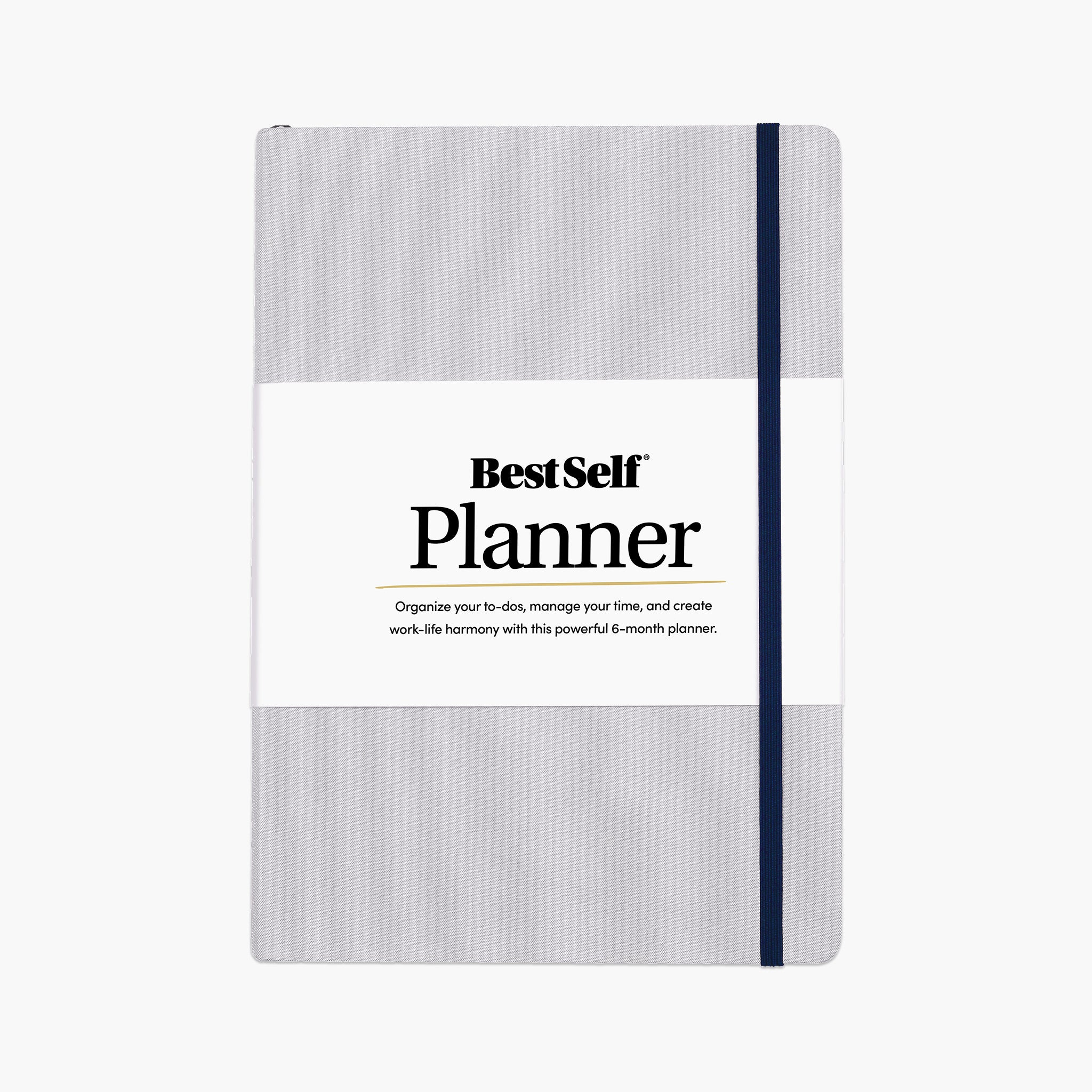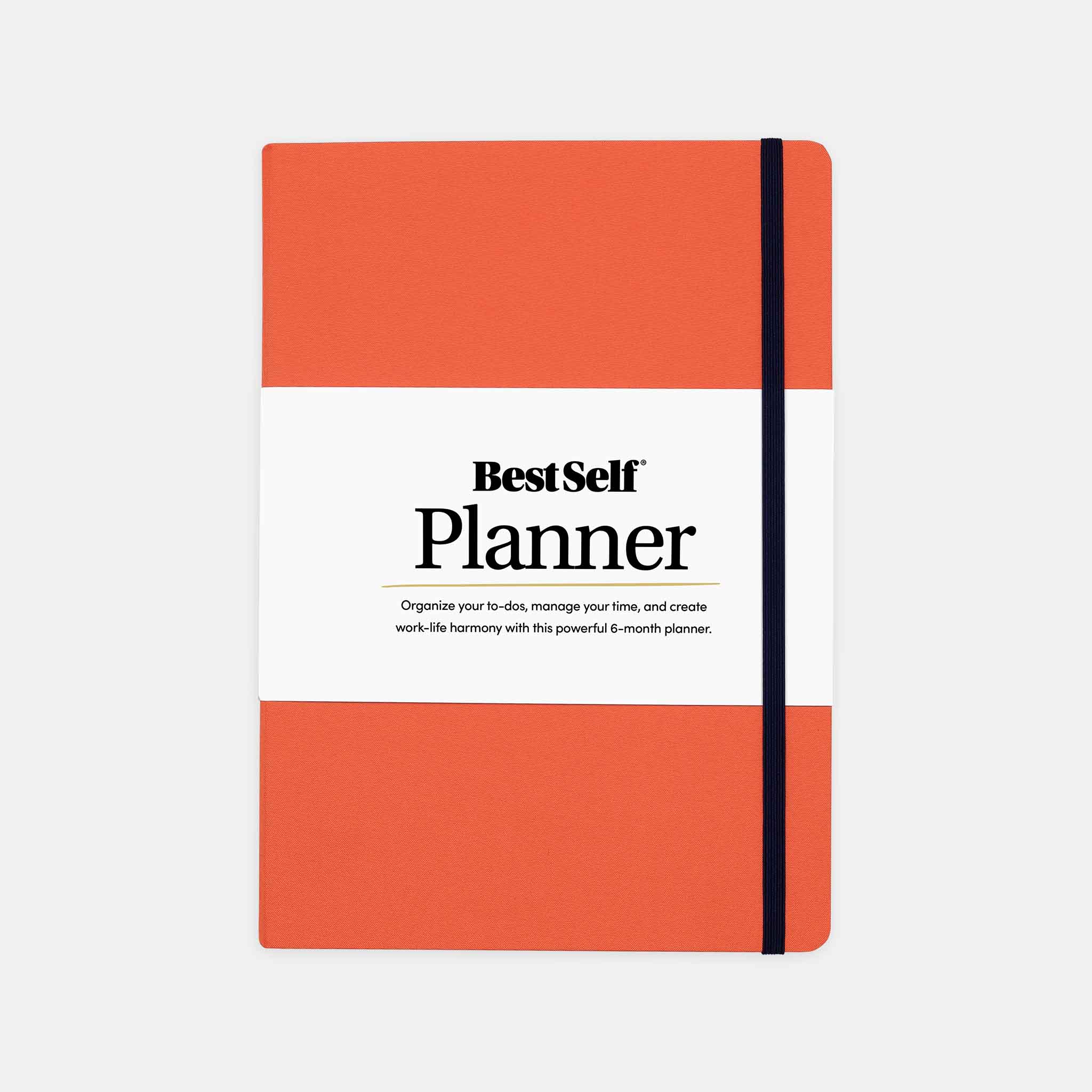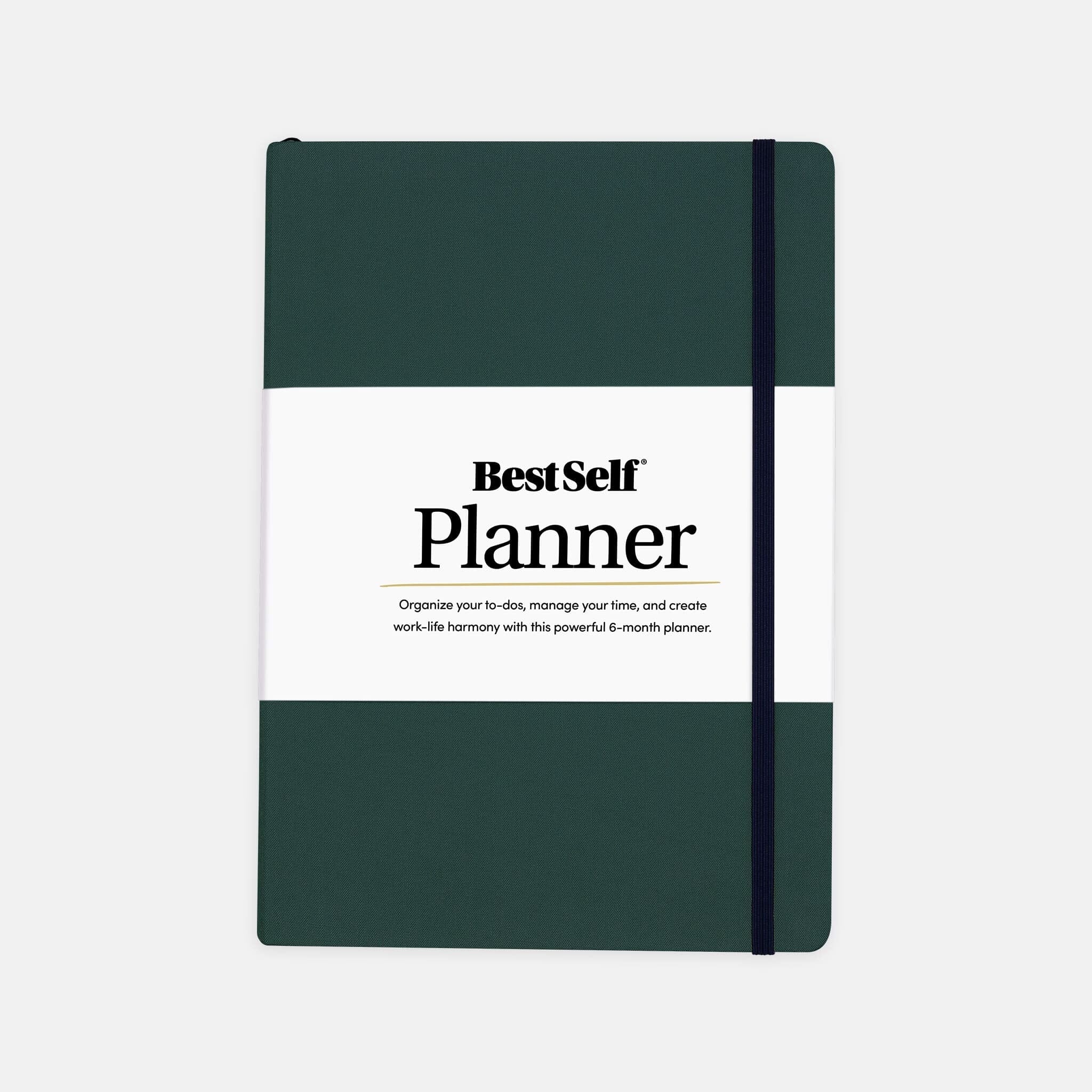Staring at an empty journal page when you're trying to work on self-growth can feel frustrating. You want to write something meaningful, reflect deeply, or even just get your thoughts flowing, but nothing comes out. Your mind feels blank, or worse, it’s full of noise you can’t seem to sort through. That’s journal writer’s block, and it can slow down even the most motivated person in their self-development journey.
The good news is that it doesn’t have to be a permanent roadblock. Getting stuck is part of the process, but staying stuck doesn’t get you anywhere. Whether you're journaling to clear your head, track your growth, or work through personal challenges, finding your way past these stuck points opens the path back to real progress. Let’s break it down and look at how to get past the pause and back into your flow.
Understanding Journal Writer’s Block
Writer’s block in self-development journaling shows up in ways that feel small but can weigh heavily. Blank pages, repeated thoughts, or random scribbles that don’t lead anywhere can leave you stuck in a loop, flipping through pages looking for inspiration but never getting far. When that happens, journaling feels more like a chore than the helpful outlet it usually is.
There are a few causes that come up often when you’re dealing with this kind of block:
- You’re putting too much pressure on yourself to write something deep or “right”
- You’re feeling overwhelmed and don’t know where to start
- You’ve hit a routine and everything starts to feel repetitive
- You’re exhausted and not in the mood for reflection
A lot of this comes from thinking you need the perfect words for what you're feeling. That expectation builds tension. And self-development requires honesty, not perfection. When that pressure piles up, it can cause you to pause your journaling habit or drop it completely.
Self-development isn’t a straight line. Growth doesn’t move in perfect increments, and your journaling habit doesn’t need to look the same every day. Instead of seeing the block as a failure, see it as a flag. It’s telling you something needs to be adjusted—your pace, your structure, your content, or your mindset.
Once you understand what’s really causing the block, it’s easier to move through it. Then you can get back to rediscovering your purpose, clarifying your goals, and seeing your own growth from a new angle.
Practical Tips To Overcome Writer’s Block
Breaking through journal writer’s block is totally doable with a few simple shifts. You don’t need a complete overhaul. Just a few new strategies can help unlock your thinking again.
Here are some ways to get the words flowing:
1. Set a schedule
Consistency builds momentum. Whether it’s five minutes in the morning or a quick check-in before bed, having a regular time sets a rhythm that helps your mind prepare to write.
2. Use prompts
A blank page can be intimidating. Prompts like “What helped me manage stress today?” or “What’s one thing I’m proud of this week?” give you a place to start when inspiration is low.
3. Try free-writing
Give yourself 3 to 5 minutes to write without stopping. Don’t worry if it’s messy or off-topic. No filters or edits—just let your thoughts move. This can often lead to insights you didn’t know you had.
4. Change your medium
If your usual setup feels stale, try journaling with a new notebook, a pen that feels better in your hand, or switch to a digital journal app for something fresh.
5. Set lower pressure goals
Some days, half a page or a few bullet points is progress. You don’t need a long entry every time. What matters most is showing up.
These small steps help remove the pressure and invite curiosity back into your journaling experience. You don’t always need a breakthrough—a gentle nudge can work better than a hard push.
Utilizing Tools and Environment
Your journaling space plays a bigger role than you might think. It doesn’t have to be picture-perfect, but it needs to support clear thinking and comfort.
Start by minimizing distractions. That may mean setting up in a quiet spot or wearing noise-canceling headphones. Silence or soft background sounds can help your thoughts settle.
Timers are another effective tool. Set one for 10 or 15 minutes. This sets a clear boundary for your session and helps reduce the urge to overthink. Knowing you’ve got a limited window takes off some of the pressure.
Comfort matters, too. Whether it’s your chair, lighting, or just having a favorite pen, little touches can make it easier to look forward to journaling. Try writing outdoors, on the floor, or talk out entries using a voice app to change things up.
Structured tools can be incredibly helpful. Templates or guided journals prompt you with questions and organization without locking you into rigid responses. If journaling feels hard, these supports can give you a soft place to land. BestSelf Co. offers a range of structured journals that help guide the process so you don't have to figure it all out on your own.
Staying Motivated and Consistent
Keeping up with journaling long-term takes some intention. The key is finding ways to build motivation and stick with it through the ups and downs.
Start by setting easy goals. It could be as small as completing three journal entries a week or writing one sentence a day. These minor wins create forward motion.
Celebrate those moments. If you journaled every day for a week or tried a new approach that felt good, take a second to reward yourself. Progress deserves attention.
When motivation fades, go back and read your earlier entries. Seeing the shifts in how you think or feel can reignite your why and remind you that journaling has value—even if the day-to-day doesn’t always show it.
Sometimes, you may need to change things up. Write about topics unrelated to goals. Tell a story. Reflect on something random. Or team up with a journaling partner who keeps you accountable and brings new ideas into your sessions.
Embracing the Process
There’s a lot of power in letting go of perfection. Journaling isn’t about perfect grammar or deep revelations every time. It’s about showing up honestly, even when things feel messy.
Let the act of journaling be an exploration, not a performance. Accept that some entries will feel more meaningful than others. That’s part of the learning process.
Reflecting on what you’ve written in the past can offer a fresh perspective. As you go back and read old entries, you start to understand patterns of thought, notice your growth, and even find themes in how your life is evolving.
Making journaling feel more like a helpful habit and less like homework builds a healthier rhythm. This is your space. You set the tone, the pace, and the purpose.
Rediscovering Your Passion for Self-Development Journaling
To bring things full circle, journal writer’s block is something most people hit now and then. The goal isn’t to avoid it forever, but to learn how to bounce back and keep going—with a little kindness and fresh energy.
By tweaking your environment, shifting your expectations, and using tools that support your process, you’ll rediscover why you started journaling in the first place.
When journaling becomes a natural part of your routine again, it becomes more than a habit. It becomes a way to reconnect with your goals, process your thoughts, and stay aligned with your personal growth.
Every blank page becomes a new chance to express, reflect, and discover something new—even if it’s just one small thing. Showing up is the real progress. And the more you do, the more your growth becomes something you can see and feel.
Unlock the full potential of your personal growth by embracing a consistent journaling habit. With each entry, you'll strengthen your self-awareness and unlock new insights into your journey. Explore our collection of tools and resources designed to help you make the most of your journal for self-development. Discover new paths to clarity and growth with BestSelf Co.





